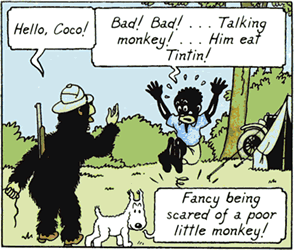The most famous comic character of our age was on an Antarctic adventure to save the world.
The comic hero will save the world from a villain who resides in the USA. The villain is a Jewish banker by the name Blumenstein. The racist nature of the cartoon was the byproduct of the artist's collaboration with the Nazi party.
The cartoonist was Georges Prosper Remi or commonly called Herge, and the sketch was the famous Tin Tin.
Early career:
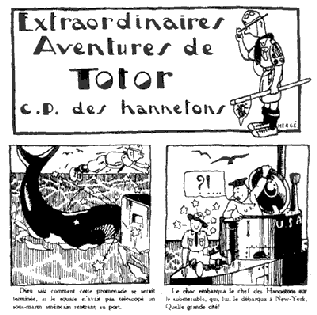
Georges Prosper Remi was born in Brussels and had a keen interest in cartoon strip creation.
He took on the pen name Herge later in his career. Herge started his career in a conservative Catholic newspaper Le Vingtieme Siecle. The cartoon strip hero started as a Boy Scout on a mission to save the world with his dog's help.
The cartoon strip later took on the iconic name of Tin Tin and became a hit in Brussels. In one of the adventures, Tin Tin was in Russia fighting communists, and to mark his return to Brussels.
An Actor arrived on a train to stage a return party in Brussels Gare Du Nord station. Herge satire reached its peak when he created a fictional villain, Müsstler, a combination of Mussolini and Hitler's names.
The villain tried to capture the country of Syldavia (some speculate its Romania). Tin Tin's mission is to sabotage the operation.
In World War II:
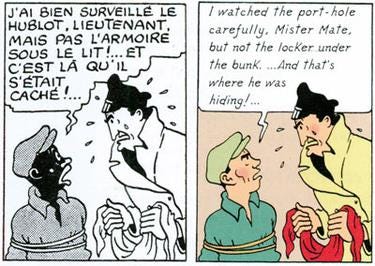
World War II loomed over Brussels, and Robert was sick due to the sunburns and went to Paris to recover.
Germany invaded Brussels, and the citizens of Brussels left for France. The King of Brussels asked the citizens to return, and Herge returned to Brussels.
He found that the newspaper he was working on was closed by the Nazi party on his return. He was offered a job in the right-wing newspaper Le Soir under the control of the Nazi party.
Herge, due to his financial dependencies, accepted the position. While under the right-wing press, Herge wrote a comic strip The Shooting Star, which was the adventure of Tin Tin against a Jewish banker named Blumenstein from the USA.
Herge faced heavy criticism and changed Blumenstein's name to Bohlwinkel, but the damage had happened. In his next comic strip, he led Tin Tin into an adventure in Congo.
The depiction of the native people as primitive, dark-skinned subhumans also attracted criticism against Herge. Allegations mounted as people criticized that due to his comic strips, the circulation of La Soir soared and took the right-wing ideology to young minds.
Herge faced criticism from every corner of the world for his collaboration with the Nazi government. The prime minister of Brussels in Exile, King of Brussels, and even some UK parliamentarians condemned Herge's act.
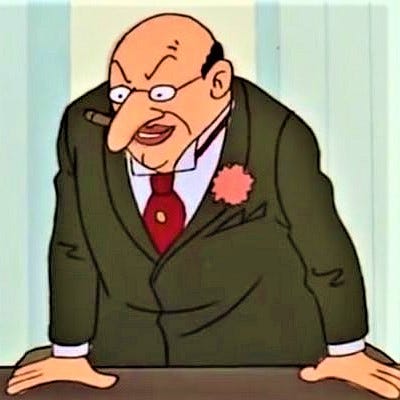
After the War:
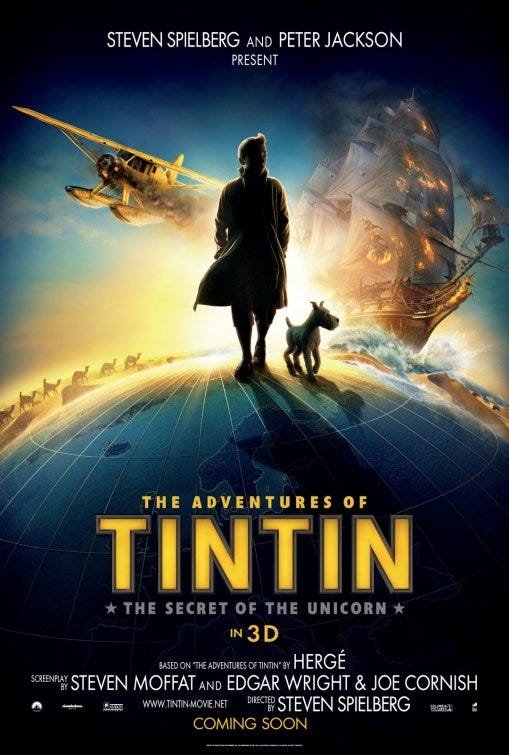
After the liberation of Brussels, journalists at Le Soir were arrested and banned from writing.
Herge spent only a day in prison and was released. The members of the Le Soir newspaper faced a death sentence, but Herge received a pardon.
With no jobs, Herge entered into depression, but a savior came in the form of an unlikely friend. Raymond Leblanc was a resistance leader who organized partisan groups in Brussels to fight the Nazi occupation .
Raymond Leblanc felt that Herge's comics motivated many resistance fighters , and he didn't want the Tin Tin series to end. Raymond Leblanc took Herge under his umbrella, and Herge made Tin Tin a global phenomenon.
When Steven Spielberg, a Jewish director, came across Tin Tin comics, he wanted to make a movie. The three books which he selected for the movie were precisely the ones Herge wrote under Nazi occupation. The film went on to become a blockbuster. In his lifetime Herge wrote 23 Tin Tin comics.
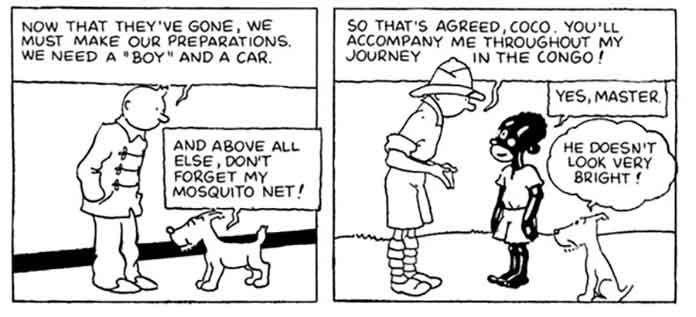
Many critics argue in favor of Herge stating that it is a pure coincidence that Herge named the villain as Bohlwinkel in the comic book and once pointed out he changed it. He had also apologized for his depiction of the natives of Congo.
A Belgian court ruled out that the comics were not racist. His financial situation in the Nazi occupation left him with no other option but to collaborate. Only history can be the judge of Herge's actions.
